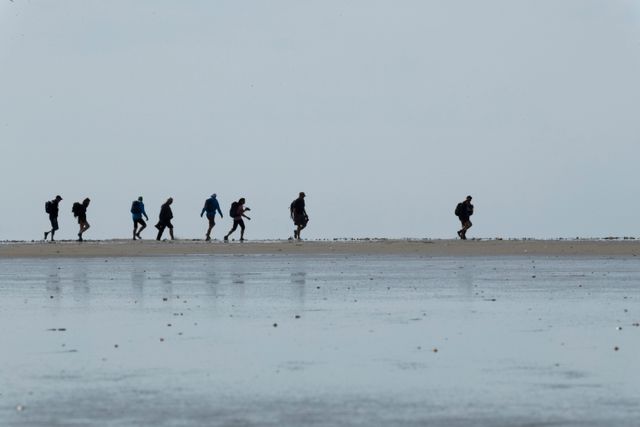The Wadden Sea is the last of the authentic nature in the Netherlands. Weather, wind and water continuously create new landscapes of mud, marshes, dunes, gullies and sandy plains. This vast tidal area is essential to millions of birds and fish. It is also home to several large predators such as the common and grey seal. And you may even catch a glimpse of a harbour porpoise. And if you take the time to look very carefully you’ll discover a whole new world right under your nose. Discovering, experiencing and researching are all rewarded at the Wadden Sea World Heritage Site.
The Wadden Sea World Heritage Site boasts the title of ‘most beautiful nature area’ in the Netherlands. The Wadden Sea is one of the last remaining large tidal areas where the forces of nature are free to do as they please. It is different every time you visit it as water, sediment and sand move with the tides. Thanks to the many gullies, creeks and channels the mudflats and sandy plains are exposed, providing a resting place for seals and where birds can forage to their hearts’ content. The seabed may seem barren but it is actually teeming with life.
At low tide you can see the plants that thrive in salt water: bladder wrack, knotted wrack and sea lettuce. On the marshes along the edges of the Wadden Sea you’ll find pioneer species such as cordgrass and glasswort. They retain the sediment which heightens the marshes and offers other species such as sea plantain, seaside arrowgrass, sea sandwort and lamb’s ear, which turn the whole marsh purple when in bloom, a chance to grow.

Algae and seaweed are the number one producers of oxygen in the world. Even more important than the rainforests. The microscopically tiny algae provide the plains of the Wad with their characteristic colours; from bright green to gold. The less attractive coffee brown colour comes from the diatoms. It's not pollution but essential nourishment for the mud snails, mud shrimp and molluscs. One square metre of Wad soil can house tens of thousands of worms and shells.

Just like other shellfish, crustaceans and worms, molluscs live in holes and corridors in the seabed. They leave traces which betray their presence such as the jagged heaps of sand left behind by lugworms. You can find shrimp, crabs and starfish in pools of water. Mussels and Japanese oysters can create large banks, sometimes even collaborating with other shellfish and barnacles.
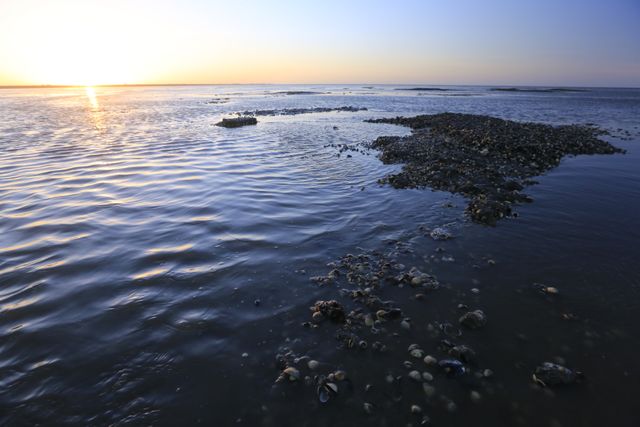
The rich soil life explains the millions of birds foraging along the water line. The flocks of curlews, knots, oystercatchers and various species of gulls, ducks and spoonbills are a sight to behold. The pied avocets prefer the marshes. For some the Wadden Sea is simply a crossroads. Many birds use the Wadden area as a rest stop on their migration routes to and from Africa, Canada or Siberia while others spend the winter or brood here. They settle in the protected resting and brooding areas such as the bird island of Griend and the bird boulevard on Texel.
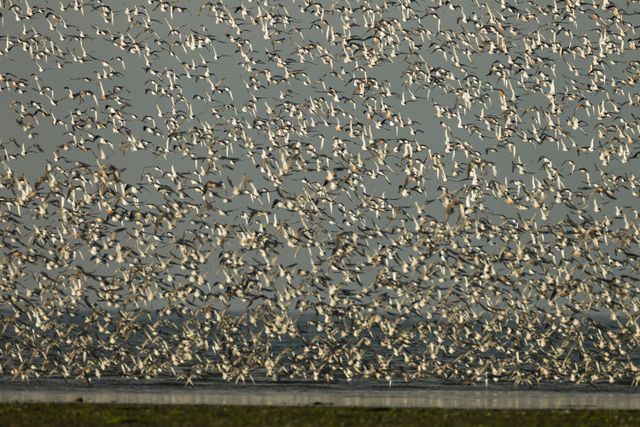
When high tide comes in conditions change. Now safe from birds, the shrimp, hermit and other crabs start searching for food on the seabed. A great deal of new nourishment comes flowing in, from bacteria to fish. The Wadden Sea is home to a complex food chain of species that are dependent on each another. Just as for migratory birds the Wadden Sea is an essential link for many species of fish. It is a hatchery for plaice, dab and cod, among others. But there are also species that spend their entire lives in the Wadden Sea including goby, flounder and rock gunnel.

Seals can spot fish from a distance of a hundred metres. Their whiskers can detect the slightest movement in the water. While hunting they can easily reach speeds of up to 35 kilometres per hour. They are not picky eaters and adapt their menu to what’s available. Just like harbour porpoises. Seals and porpoises are the Wadden Sea's largest predators.
Both the grey and common seal are once again regular inhabitants of the Wad and this will most likely be the case for the small indigenous whale as well. While seals rest on the sand banks in large numbers, porpoises are more difficult to spot. Although their dorsal fins are being seen much more frequently
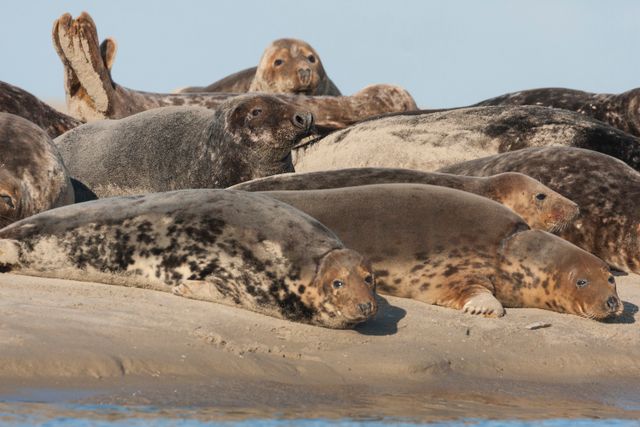
Visit the seal crèche. Behind the seal observation wall on the Breebart polder you can admire mother seals and their pups without disturbing them.
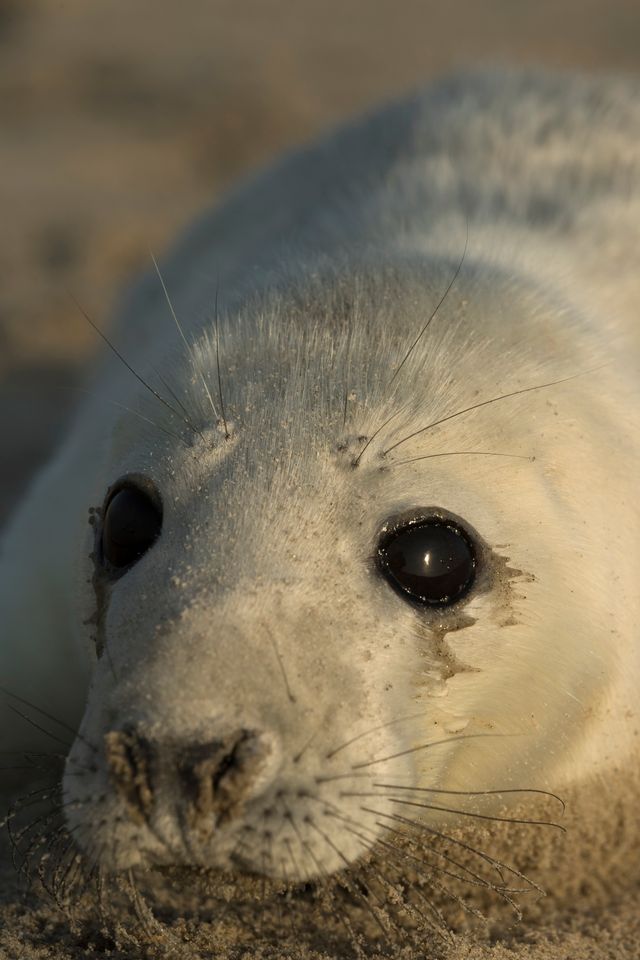
A lovely outlook tower has been built in the harbour near Den Oever at the foot of the Afsluitdijk. This Waddenbelevingspunt gives you a unique view over the Wadden Sea UNESCO World Heritage Site as well as 't Oeverse Schor and Leidam nature reserves, boasting Europe’s largest spoonbill colony in the summer. It is also one of the darkest spots in the Netherlands, perfect for stargazing.
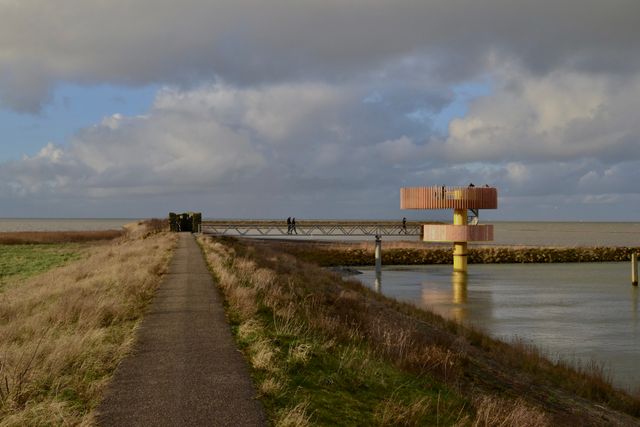
Do you dare to make the tough trek to the Rif? You’ll feel the mud changing to sand beneath your feet.

Texel offers bird excursions year round. By bike, minibus or boat. A bird watching excursion XL or theme excursion? The choice is yours.
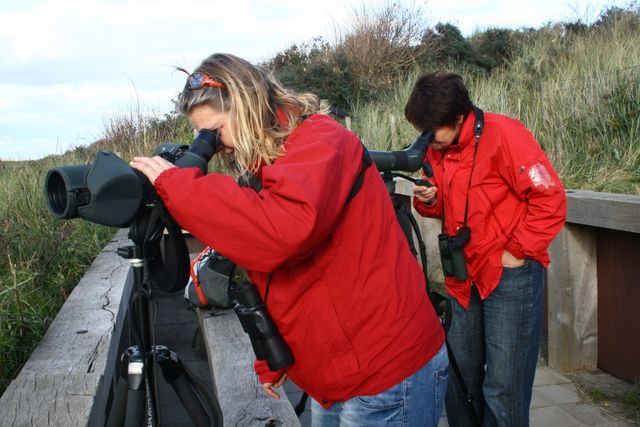
When the Wad is dry and the sandbars and mudflats are visible you can walk from Holwerd to Ameland.
